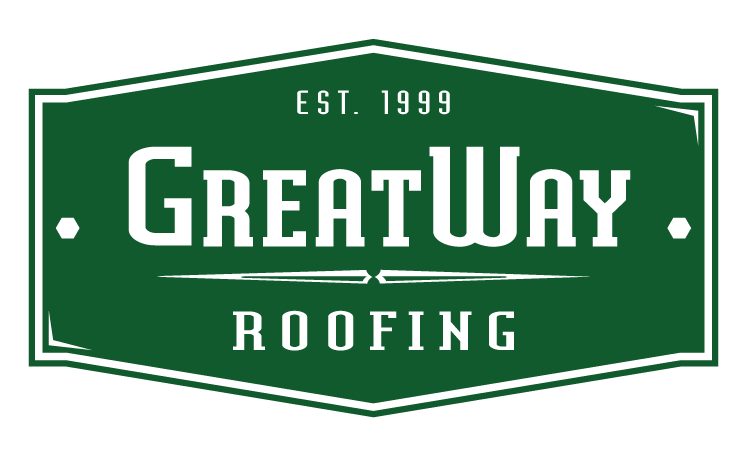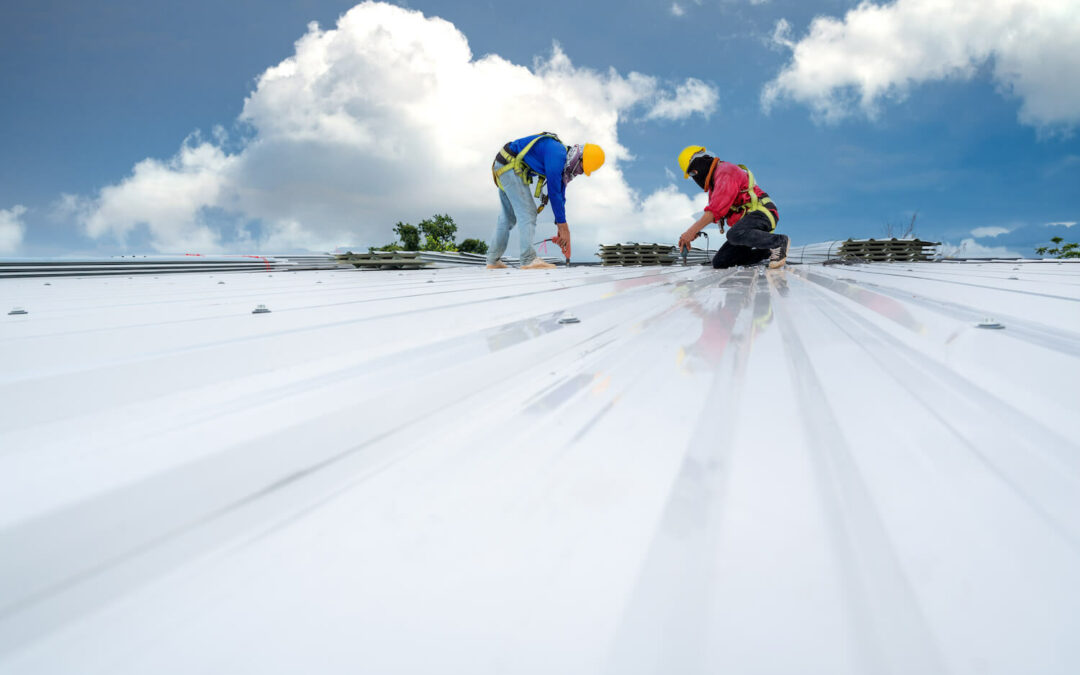Ensuring the structural integrity of your commercial building is not just a matter of maintaining appearances; it is a critical factor in your business’s long-term success and viability. At the heart of this structural vigilance lies the maintenance and, when necessary, the replacement of your commercial roof. Over time, commercial roofs bear the brunt of various weather elements, undergo wear and tear, and may suffer damages, making the prospect of roof replacement a significant consideration.
However, the idea of commercial roof replacement has its challenges in terms of the potential disruptions to business operations and the financial investment it entails. In this comprehensive guide, we will explore the multifaceted factors that influence the cost of commercial roof replacement. Moreover, we will delve into strategic insights that can transform this undertaking into not just a necessary expense, but a judicious investment that pays dividends in the long run.
Assessing the Imperative for Materials Replacement
Before delving into the intricacies of cost-effective commercial roof replacement, it is imperative to gauge accurately whether your existing roof genuinely requires replacement. Regular inspections conducted by qualified professionals serve as the first line of defense, enabling the identification of issues in their early stages and facilitating timely repairs that may extend the life of your current roof.
Key indicators to be vigilant about include:
- Leaks and Water Damage: Persistent leaks or water stains on ceilings often signal underlying roof issues that demand attention.
- Visible Damage: A comprehensive roof examination for visible signs of damage, such as cracks or blistering, can provide crucial insights.
- Age of the Roof: Commercial roofs typically have a lifespan of 20 to 30 years. If your roof is nearing or has surpassed this age, replacement may be imminent.
- Energy Efficiency: Outdated roofs may contribute to poor energy efficiency. Upgrading to newer, more energy-efficient materials during replacement can yield long-term cost savings.
- Frequent Repairs: A pattern of consistent repairs may indicate that investing in a new roof is more cost-effective in the long run.
Grasping the Varied Costs of Commercial Roof Replacement
The costs associated with commercial roof replacement are contingent on numerous factors. A comprehensive understanding of these roof factors is paramount for making informed decisions and optimizing costs.
Key considerations encompass:
- Roof Size and Complexity: Larger roofs or those with intricate designs and multiple penetrations, such as HVAC units, vents, or skylights, tend to incur higher replacement costs.
- Material Choice: The type of roofing material selected can impact costs. Options for a low-slope roof include a fluid-applied acrylic coating, Thermoplastic Polyolefin (TPO), Polyvinyl Chloride (PVC), or metal, to name a few.
- Labor Costs: The intricacies of labor costs, influenced by location, accessibility, and the job’s complexity, contribute significantly to the overall expense.
- Underlying Issues: Structural problems or damage to the underlying roof deck, if present, necessitate additional expenditures.
- Warranty and Maintenance: Opting for materials with more extended warranties and investing in regular maintenance can influence upfront costs but potentially result in long-term savings.
Strategies for Achieving Cost-Effective Commercial Roof Replacement
- Early Intervention: Timely identification and repair of minor issues can prevent them from escalating into significant problems that necessitate a complete roof replacement. Regular inspections, especially following severe weather events, are crucial for catching potential issues early on.
- Energy Efficiency Upgrades: Consider incorporating energy-efficient roofing materials during replacement. While these may entail a higher upfront cost, the long-term energy savings can offset this investment. Cool roofing options, such as reflective coatings, can reduce heat absorption and decrease cooling costs.
- Material Selection: The selection of roofing materials should be a well-thought-out process, balancing specific needs and budget constraints. While torch-down or hot-mop roofing may be more budget-friendly up front, investing in durable materials with longer lifespans, such as fluid-applied acrylic, metal, or PVC, can offer better value over time.
- Competitive Bidding: Obtaining multiple quotes from reputable roofing contractors is essential for competitive pricing. However, it is crucial to balance cost considerations, the contractor’s reputation, and the quality of their work.
- Roofing Maintenance Plans: Implementing a proactive roof maintenance plan is vital for extending the life of your new roof and reducing the likelihood of significant issues. Regular inspections, gutter cleaning, and minor repairs can prevent small problems from escalating into costly disasters.
- Explore Financing Options: Roof replacement is a substantial investment, and exploring financing options can help alleviate the financial burden. Some roofing companies offer financing plans, and tax incentives or rebates may be available for energy-efficient upgrades.
- Insurance Considerations: Reviewing your insurance policy to determine coverage for roof replacement due to specific events, such as storm damage, is essential. Understanding your coverage can guide informed decisions about when and how to proceed with replacement.
- Local Building Codes: Familiarizing yourself with local building codes and regulations before commencing the replacement process is crucial. Non-compliance can lead to additional costs and delays. Collaborating with a knowledgeable contractor can ensure that your project meets all requirements.
- Plan for Contingencies: Recognizing that unexpected issues may arise during the replacement process, planning for contingencies in your budget is essential. Having a financial buffer can help you navigate unforeseen challenges without compromising the quality of the replacement.
The Dilemma of DIY vs. Professional Installation
While saving money through a do-it-yourself (DIY) roof replacement may be alluring, it is crucial to recognize the inherent complexities of commercial roofs. The risks associated with DIY roof replacement, including safety concerns and the potential for costly mistakes, often outweigh the initial savings.
Here are compelling reasons why professional installation is indispensable:
- Safety First: Roof replacement involves working at heights, presenting inherent safety risks. Professional roofers are trained to adhere to safety protocols, minimizing the likelihood of accidents or injuries.
- Quality Workmanship: A professionally installed roof is more likely to meet or exceed industry standards. Quality workmanship ensures that your investment provides long-term durability and protection.
- Warranty Coverage: Reputable roofing contractors often provide warranties on materials and labor. This warranty coverage offers added peace of mind, protecting against unforeseen issues arising after the replacement.
- Time Efficiency: Professional roofers possess the experience and equipment to complete the job efficiently. DIY projects, especially for complex commercial roofs, can be time-consuming and may lead to extended disruptions to business operations.
- Compliance with Regulations: Roof replacement must adhere to local building codes and regulations. Professional roofers are familiar with these requirements, ensuring your project meets all necessary standards.
Conclusion: Orchestrating a Cost-Effective and Future-Proof Roof Replacement
In conclusion, investing in a cost-effective commercial roof replacement demands a meticulous approach, encompassing the assessment of the existing roof, a nuanced understanding of replacement costs, and implementing strategic, cost-effective measures. This investment is not merely an expenditure but a proactive step toward ensuring that your commercial property remains secure, energy-efficient, and conducive to seamless business operations.
Proactive maintenance and early intervention often serve as the first line of defense, potentially mitigating the need for premature replacement. However, when replacement becomes inevitable, prioritizing quality materials, professional installation, and a comprehensive maintenance plan is paramount. This approach not only maximizes the lifespan of your new roof but also safeguards your long-term investment.
It is crucial to remember that the upfront costs associated with a well-executed roof replacement are not just expenses; they are investments that can lead to substantial savings and benefits over the life of your commercial property. In navigating the complexities of commercial roof replacement, strategic decision-making is vital to minimizing costs and future-proofing your business infrastructure.

